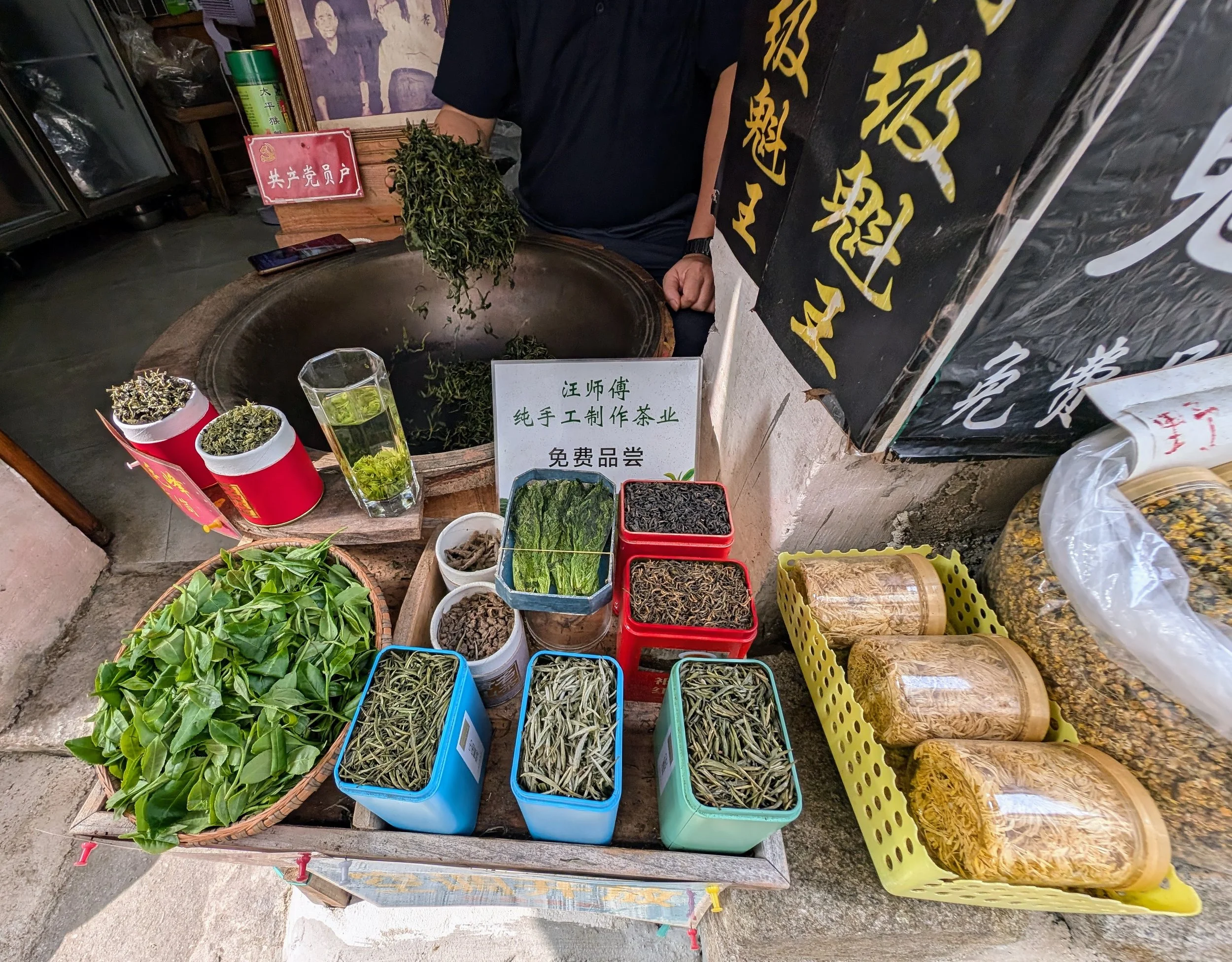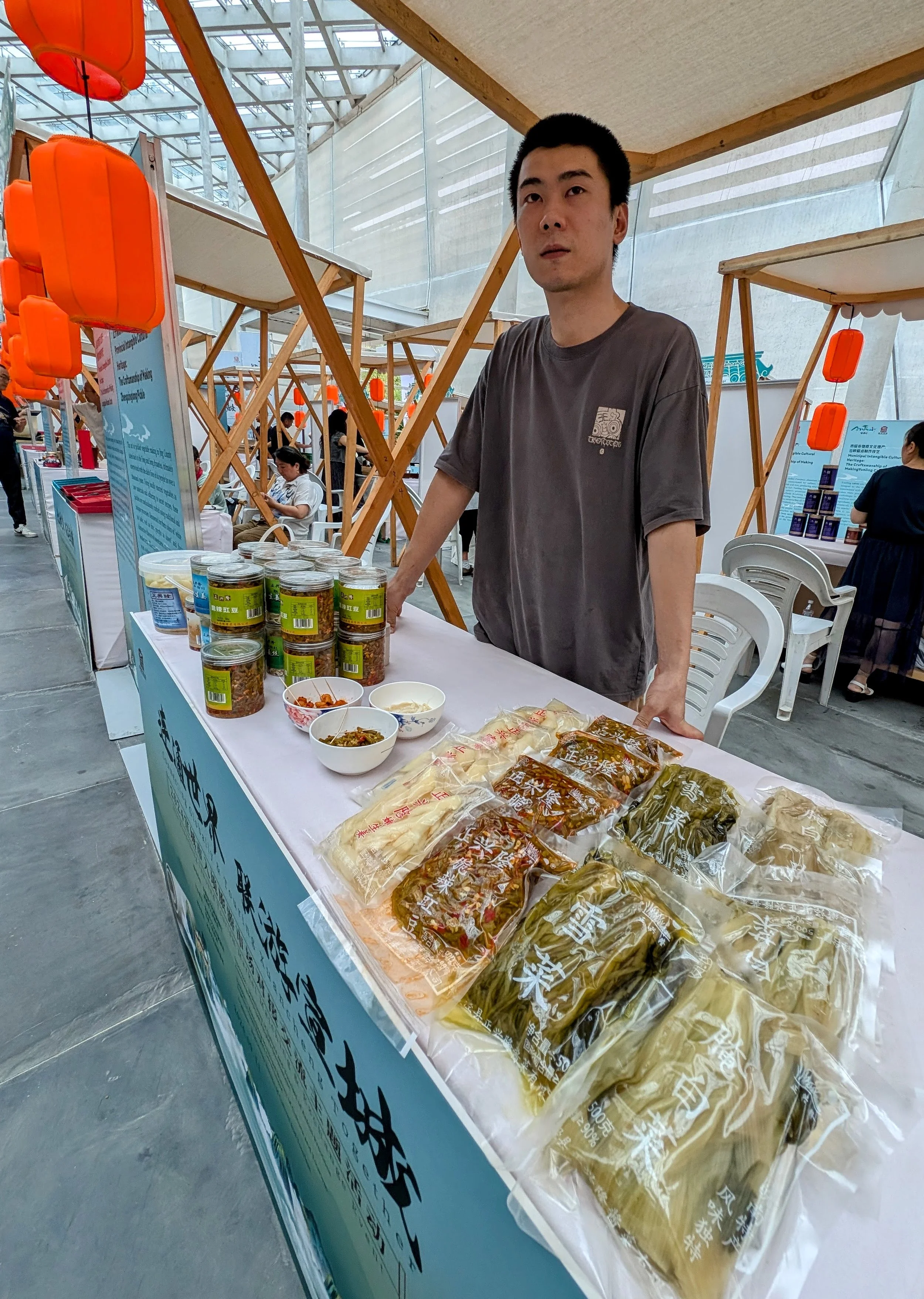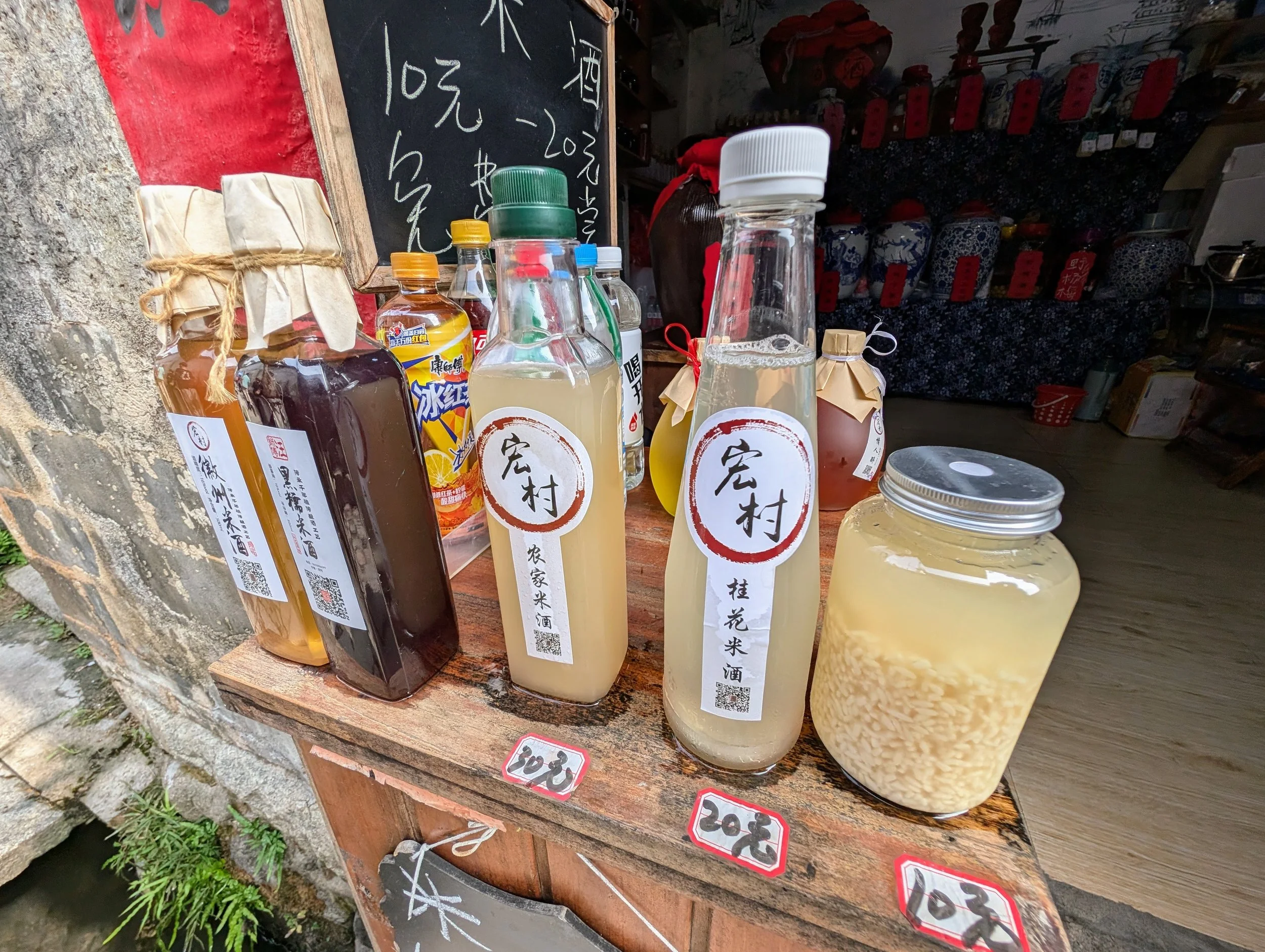Anhui Cuisine
Anhui Province, in eastern China, often sits in the shadow of its more famous culinary neighbours such as Jiangsu and Zhejiang. However, its cuisine, known as Hui cuisine (徽菜), offers a distinctive flavour profile that is said to reflect the rugged landscapes, abundant rivers, and rich history of the region. Anhui’s culinary traditions are deeply connected to its geography, drawing on local ingredients and time-honoured techniques that emphasise simplicity, freshness, and the skilful use of natural flavours.
The trouble is, if you are on a press trip to the province with a great many other people, you are probably only going to eat buffet-style breakfasts, lunches and dinners - which, alas, is what we did for a week recently. You do get some of the regional specialities featured in those buffets, but mass cooking is never going to be as good as the stuff that’s made specially for just a handful of diners.
If you are enjoying this article you might also like Madeira Food
Geography and Ingredients: A Mountain’s Bounty
It goes without saying that Anhui’s diverse terrain, ranging from the majestic Huangshan Mountains to the fertile plains of the Yangtze River, plays a significant role in its food culture. The province is known for its use of wild herbs, bamboo shoots, mushrooms, and fresh river fish, all of which are harvested from the surrounding hills, forests, and waterways. This connection to the land and water sets the stage for Anhui’s unique approach to cooking, where local ingredients are celebrated for their natural tastes.
Pickled vegetables are everywhere in Anhui
One of the most characteristic ingredients of Anhui cuisine is the use of foraged mountain herbs. Ingredients like dried lily bulbs, Chinese yam, and fern root powder are staples in local dishes. The province is also famous for its stone frog and turtle, which find their way into various stews and soups, showcasing a cuisine that often leans on the wild rather than the domesticated.
Everything dried - from mushrooms to fish bits
Cooking Techniques: Slow and Steady
Anhui cuisine is notable for its slow-cooking techniques, which aim to extract the essence of the ingredients. Stewing, braising, and steaming are frequently used methods, resulting in dishes that are rich in umami and deeply comforting. The emphasis is on enhancing the natural flavours without overpowering them, allowing each component of the dish to shine.
A hallmark of Anhui cooking is its use of high-temperature oil to stir-fry ingredients briefly before simmering them in broth. This process locks in flavours and keeps the integrity of the ingredients intact, creating a blend of textures and tastes. Anhui’s chefs also make use of “wok cooking” to achieve the right balance of char and tenderness, an approach that distinguishes the cuisine from its neighbouring styles.
Anhui’s Signature Dishes: A Taste of Tradition
Li Hongzhang Hotchpotch (李鸿章杂烩):
Named after a famous Anhui statesman, this dish is a complex stew featuring a mix of chicken, sea cucumber, ham, bamboo shoots, and dried bean curd. The ingredients are braised together to create a rich, savoury broth that’s both hearty and subtly flavoured. It’s a dish that reflects Anhui’s tradition of combining local produce with diverse ingredients for a deeply satisfying meal.
Stinky Mandarin Fish (臭鳜鱼):
Perhaps the most talked-about dish of Anhui, the stinky mandarin fish is not for the faint of heart. The fish is fermented before being steamed, giving it a distinctive aroma that can be off-putting to some but beloved by others. The fermentation process imbues the fish with a rich, umami depth, balanced by a mild sweetness in the sauce. It’s a dish that epitomises Anhui’s adventurous spirit and willingness to embrace bold flavours.
Bamboo Shoots with Ham (火腿竹笋):
A simple yet classic dish, bamboo shoots with ham captures the essence of Anhui cuisine: fresh ingredients prepared in a straightforward manner that highlights their natural taste. The tender shoots absorb the smoky, salty notes of the ham, resulting in a dish that’s both earthy and elegant.
Wuchang Chicken (无为熏鸡):
This smoked chicken dish is known for its delicate flavour and tender texture. The chicken is marinated, smoked with camphor and tea leaves, and then steamed to perfection. It’s a recipe that showcases Anhui’s preference for preserving the natural qualities of the ingredients while adding a subtle layer of complexity.
Herbal Medicine and Culinary Crossovers
Anhui cuisine is also closely linked to traditional Chinese medicine, with many dishes incorporating medicinal herbs. It’s not uncommon to find dishes infused with ingredients like wolfberry, ginseng, or angelica root, believed to provide health benefits ranging from improved digestion to enhanced vitality. This medicinal approach to cooking is a distinctive element of Anhui’s food culture, blurring the line between the culinary and the therapeutic.
The use of herbs and traditional medicine in cooking isn’t just about health; it’s also about achieving a balance of flavours. Bitter, sweet, salty, and sour elements are carefully calibrated to create a harmonious dish that satisfies the palate while also nurturing the body.
Anhui Cuisine on the Cusp of Discovery
While Anhui cuisine may not enjoy the widespread recognition of other Chinese regional cuisines, its distinct flavours, rich heritage, and focus on local ingredients make it a culinary tradition worth exploring. From the extensive bamboo forests to the bustling markets of Hefei, the food of Anhui offers a window into the province’s soul: a place where the mountains, rivers, and forests converge on the plate in a celebration of natural simplicity and quiet sophistication.
For those seeking a deeper understanding of China’s culinary diversity, Anhui’s food provides a compelling narrative that goes beyond the familiar, inviting diners to explore the flavours of a region deeply connected to its roots.






















